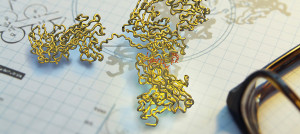 The Antibody Society’s presentation, “Antibodies to watch and more: Early and late-stage clinical development trends” was given on June 26, 2019, as part of KNect365’s Digital Week.
The Antibody Society’s presentation, “Antibodies to watch and more: Early and late-stage clinical development trends” was given on June 26, 2019, as part of KNect365’s Digital Week.
In this presentation, Dr. Janice Reichert, Executive Director of the Society, provided an update to the Antibodies to Watch in 2019 paper, which was published in mAbs in February. She gave a brief summary of antibody therapeutics approved January to June this year in either the US or EU, and antibodies in regulatory review and those that might enter regulatory review soon. Dr. Reichert also discussed trends for nearly 160 antibodies that entered clinical study from January 2018 to mid-June 2019, including use of different antibody formats and mechanisms of action, and she provided specifics regarding the popular and less trendy targets.
Click here to download the presentation and learn which antibodies are the ones to watch in 2019 and 2020!
Like this post but not a member? Please join!
The Antibody Society maintains a comprehensive table of approved mAb therapeutics and those in regulatory review in the EU or US. Located in the ‘Web Resources’ section of our website, the list is updated regularly and can be downloaded in Excel format.



